“Be the change you wish to see in the world.” Schools are a good place to put this principle of Mahatma Gandhi’s into practice.
Currently, we consume more natural resources than several planet earths could provide. A sustainable future calls for radical changes in society, in our lifestyles and in the ways of thinking and the world views that shape them. With the reality of climate change, we should also critically consider what kind of a reality and human perception we strengthen through education, and what ways of being and living we should strive for.
It is essential to strengthen the awareness of how we influence one another and our environment with our actions and attitudes, whether we want to or not. The behavioural norms and the ideals of a good life, related to climate change and other sustainability challenges, have been collectively defined. Our way of reacting, including being silent in the face of climate change, is also something that has been collectively constructed.
As a teacher and researcher, I can give you four tips on how you can increase this awareness while fuelling the hope that we so desperately need in this era of climate crisis.
- Lead by example and give room for personal engagement. Climate change is an unwanted, unintended side-product of the activities of communities and individuals. While no one wants to intentionally cause climate change by his or her personal choices, how can we provide opportunities for people to consciously make more sustainable choices? Adults have a lot of information about climate change and the modes of operation that promote its mitigation. Then why don’t we act as we should? It is good to consider why we do not always act wisely, and what would make us take smarter action in the face of climate change. Teachers can lead by example, but teachers cannot make choices for their pupils. Pupils must practise making their own choices. You cannot train active operators without giving room for personal engagement.
- Discuss difficult questions and feelings together. Children are not so stuck in their ways of thinking, and adults could learn a lot from them. They also pose questions and bring up ideas that we do not necessarily want to encounter, such as: What difference does it make how each of us acts? The question can serve as a good starting point for a collective phenomenon-based learning session. Where do the feelings and ideas of indifference stem from? What needs lie behind the attitude that appears as indifference? Encountering the feeling of insignificance may make room for significance. When would be a good moment to stop and examine the “what difference does it make” attitude? In the face of climate change, it is essential to give room specifically for considering difficult questions and expressing and encountering difficult feelings.
- Create hope by developing solutions together. Hope is generated when people wonder about things and do things together, when they feel that their voice is heard. Hope stems from encounters with people, facing anxiety-causing issues together, breaking the wall of silence – and action! Together we wonder about things and strive to act differently, try things out and learn from our experiences. Hope is not the opposite of fear or anxiety, but the opposite of despair. Difficult feelings try to stop us wanting to be heard. We, teachers, are professionals in caring about people. However, caring does not mean protecting people from facts or pleasing them all the time, but it means encountering conflicts and difficult feelings, accepting people in spite of the choices they have made. Hope is strengthened by the ability to see potential for good in all people.
- Target the good energy towards imagining a positive future. How much time and energy do teachers spend trying to suppress the creative energy of children? How can we harness the energy of children and young people to learn common ways of building a more sustainable reality? Important and significant issues become interesting when given enough time. What if anything was possible and a solution was found to climate change? What would the world be like then, and how would society work when no carbon emissions are produced and no more natural resources are consumed?
School is a good place for practising influencing. It is good for us to learn and act together. The solutions that function with a view to climate change usually promote a sense of community, health, well-being and, consequently, happiness. Small deeds have influence. Climate change is a challenge that we can all address together!
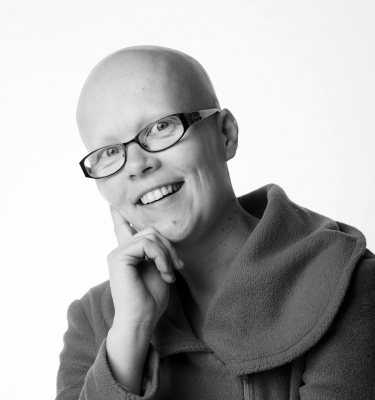




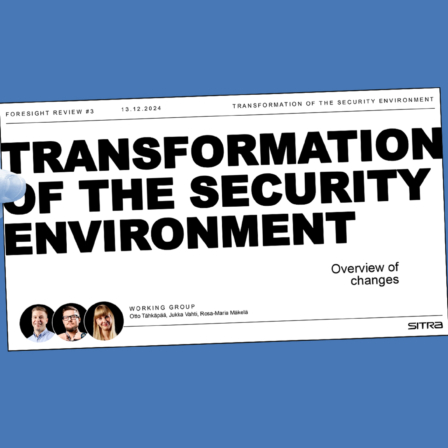
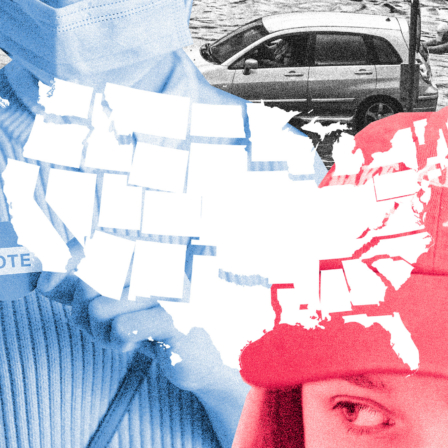
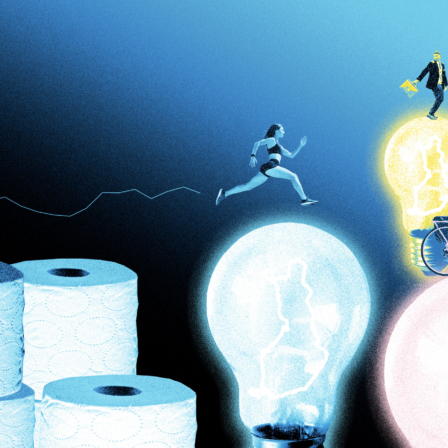

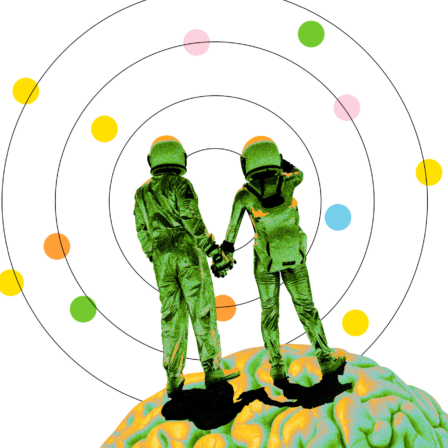

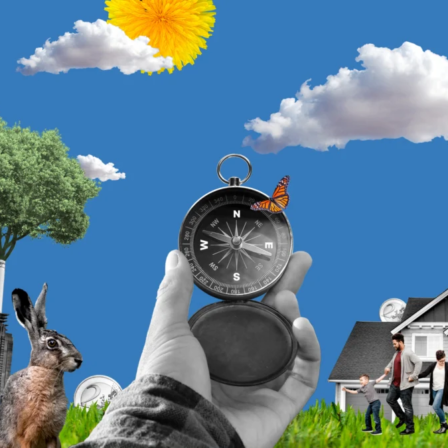

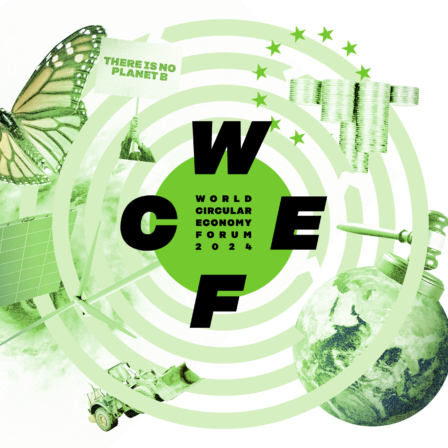
Recommended
Have some more.